Pour Your Trendy Ginger Ales Down the Gutter. Canada Dry Is Still the Best.
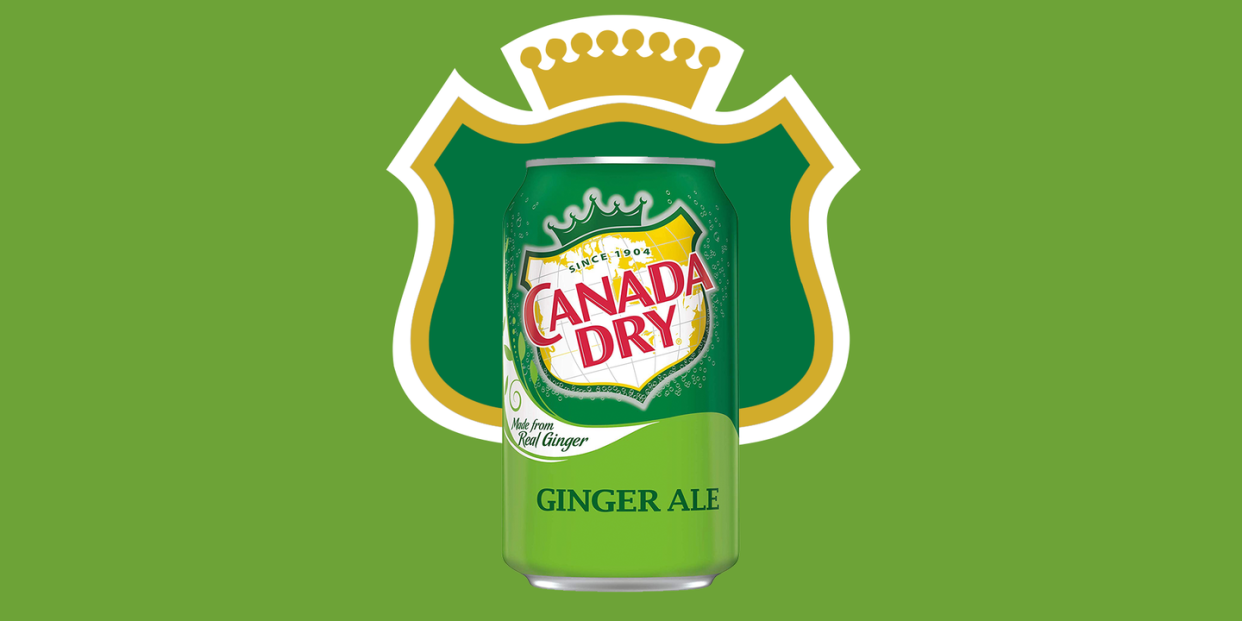
Ginger ale was always there for you. When you were home sick with stomach flu in middle school, Scooby Doo reruns playing on the TV, wet rag dripping on your forehead, that can of ginger ale on your bedside table was the one thing sitting between you and intestinal hell. When you were hungover on the Sunday morning after your 21st birthday, those tiny sips of Seagrams welcomed you to adulthood. And on a bumpy flight in the middle of the night, as the seatbelt light flashed in a thunderstorm, that plastic cup of Canada Dry on ice quelled thoughts of impending doom.
Ginger ale, which has been drunk around the globe for centuries, may not have scientifically proven benefits for stomach health. There's a consensus on the positive effects of ginger for intestines, but, according to the Atlantic’s comprehensive study of the topic, the jury’s still out on whether ginger ale itself can provide anything aside from a good ol’ placebo surge in the brain. Nevertheless, we’re seeing a wave of “healthy” ginger ales hit soda aisles, as the wellness craze continues to bleed into every possible industry.
Whereas back in the day, a fizzy glass of Schweppes on the rocks, no questions asked, was good enough for a scrambled tummy, the bougie brands of 2019 are putting an emphasis on buzz words like “organic,” “unfiltered,” and, as expected, “gluten-free.” (Did ginger ale ever have gluten?) These products may be "healthier," but not all of us want to get a spicy, organic ginger throat-punch every time we take a sip of ginger ale. For folks like me who have dealt with sensitive stomachs our entire lives, an aggressively flavored drink is the opposite of soothing. However, with all the chemical terrors of high-fructose corn syrup and god knows what else the big soda brands are putting in our soft drinks these days, perhaps a little wholesome, home-grown fizz is better.
Ginger ale, for me, has been about as reliable for settling my anxious gut as an Alka-Seltzer tablet or sip of Pepto Bismol. A good Canada Dry burp goes a long way—despite the lack of real scientific proof. Feeling intimidated by these fancy new interlopers, I decided to put taste to the test and sample 10 ginger ales I found around New York to see if any of these trendy brands could froth up to the bubbly peaks of classic Canada Dry. Here they are, ranked from worst to best.
10. Brooklyn Crafted
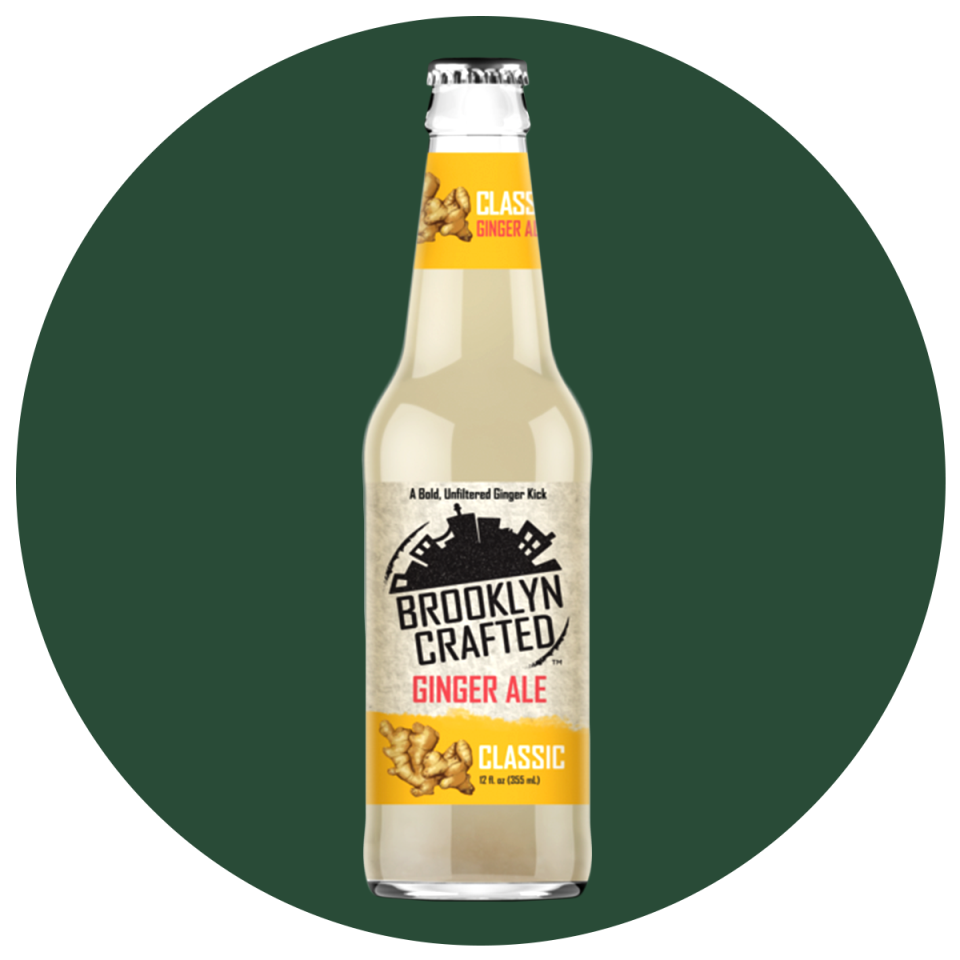
In last place is an artisanal, glass-bottle ginger ale that offers variations including Sugar Free, Extra Spicy, Lemon Lime, and even Mango. Manufactured and distributed by Brooklyn Food & Beverage, this ginger ale has a super sweet taste and off-white color. For a soda that places such an emphasis on its “ginger kick,” Brooklyn Crafted is nowhere near as gingery as I hoped. Ugh, pass.
9. Cape Cod Ginger

This one is so bare-bones I’m not sure we’re even able to call it a ginger ale! With a no-frills label that looks like it was made on Powerpoint by a bearded dad enjoying his golden years in New England, this ginger drink comes in a teeny 12 fl. oz. bottle and has only 14 grams of sugar, which is less than half of most of these sodas. An almost-medicinal quality is very noticeable, as is a vegetable taste. The ginger bite in this bright yellow drink is ferocious, which is exactly how an “organic” ginger drink should taste; if you’re drinking ginger ale for the nutritional benefits, it should taste like ginger, not sugar. I’ll probably start taking spoonfuls of this one before bed each night, but it won't go down easy.
8. Bruce Cost Unfiltered
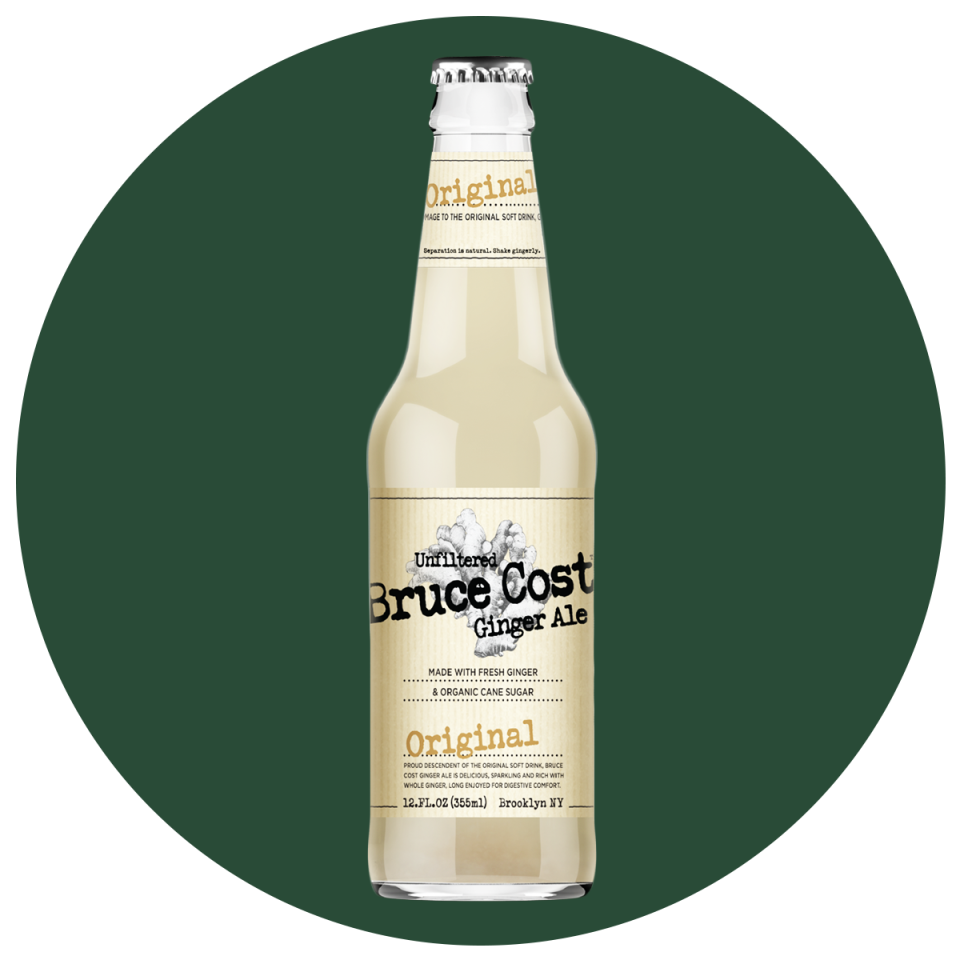
Bruce Cost seems to be the ginger ale of choice for Brooklyn's overpriced bagel spots and gentrified coffee shops. It bills itself as “unfiltered” and “made with fresh ginger and organic cane sugar,” even going as far as to say, right on the label, that it is a “proud descendant of the original soft drink," whatever the hell that means. The ingredient list boldly proclaims the simplicity of its recipe: carbonated water, organic cane sugar, 100-percent fresh ginger, and citric acid. The sugar content? Written in a teenier font, it says 37 grams. That’s four grams more than a same size bottle of Sprite. Sure, it’s raw cane sugar, and there’s no high fructose corn syrup, but lest we forget, ginger ale is still soda, folks. Bruce Cost tastes a lot like Brooklyn Crafted—so much so, that it made me wonder how the two are able to coexist on the same shelves of yoga studios and avocado dispensaries across the borough. Turns out both are owned by Brooklyn Food & Beverage. I give ‘em three fizzy bubbles out of five.
7. Reed’s
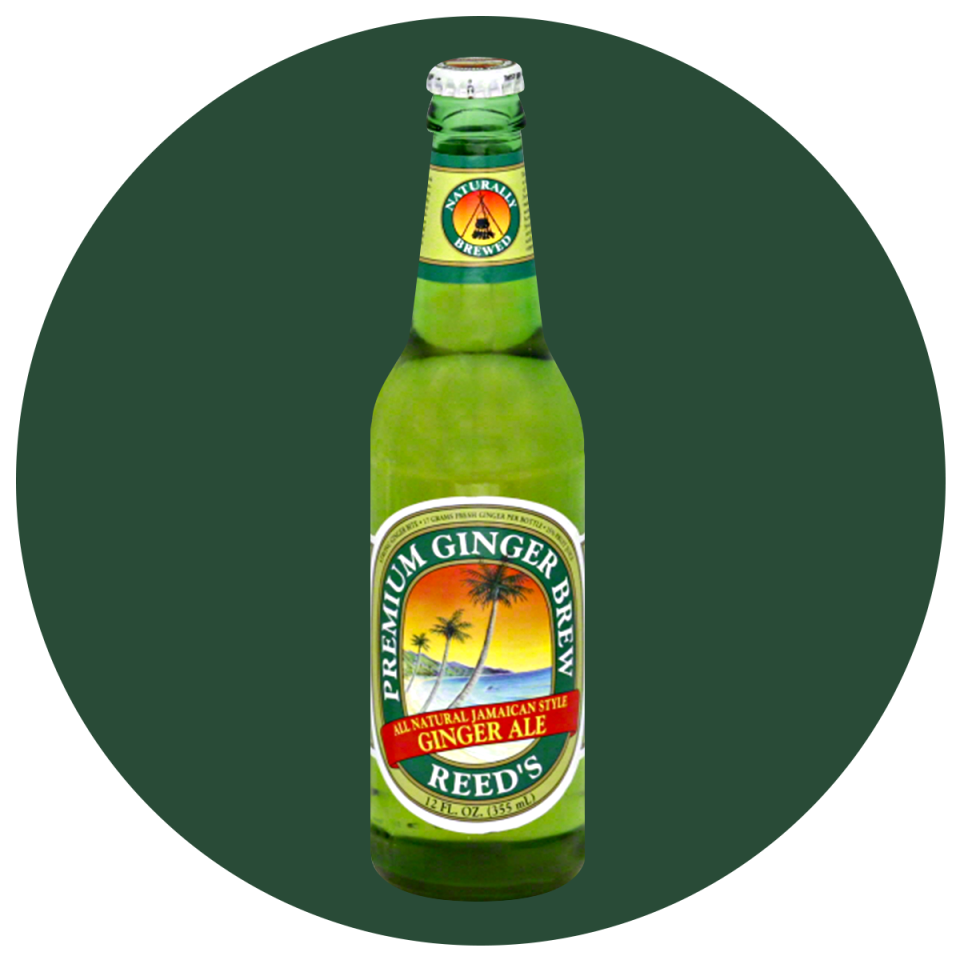
Reed’s is a relatively new brand with a Jamaican-inspired flavor. The company, which has been around since 1987, says that it “revived a centuries-old recipe for ginger beer.” And that’s exactly what it’s best known for—ginger beer, not ginger ale. But, as a leading purveyor of ginger beverages, candies, and all sorts of ginger-related goodies, I had to try its take on the ginger ale recipe. Coming in a bright green twist-off bottle with the words “All Natural Jamaican Style” emblazoned right above the logo, this ginger ale has a funky taste that is probably the most unique of the entire pack. It’s twangy and dark with a definite ginger beer feel, so close to its Jamaican roots that you have to wonder: If you’re going to stray this far from ginger ale, why not just drink a ginger beer instead?
6. Polar
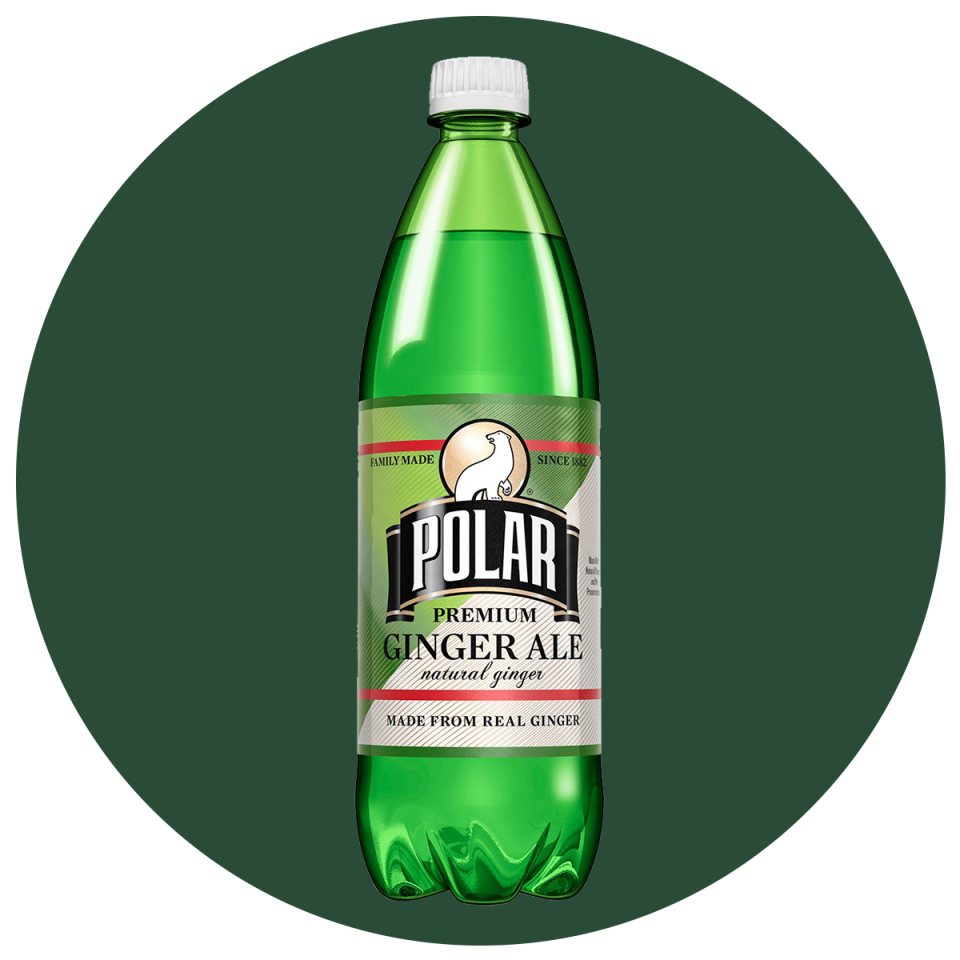
Though certainly a legacy brand, this supermarket mainstay is not quite as beloved as the other old-school ginger ales. An American soft drink company that’s been brewing bubbles since 1882 in New England, Polar touts a well-balanced ginger ale. It has the same syrupy-sweetness of Canada Dry, but it fizzes in your throat, sending that refreshing carbonation right up your sinuses and into your nose (I love that). You’ve probably seen Polar in the seltzer aisle with its recognizable one-liter bottle. Polar makes all sorts of sodas, fizzy waters, and soft drinks, and I’m not sure if it's due to marketing or lack of mainstream advertising, but I’m almost always reaching for Polar seltzers before Polar ginger ale. Maybe I should change that. Its ginger ale is actually really good.
5. Seagrams
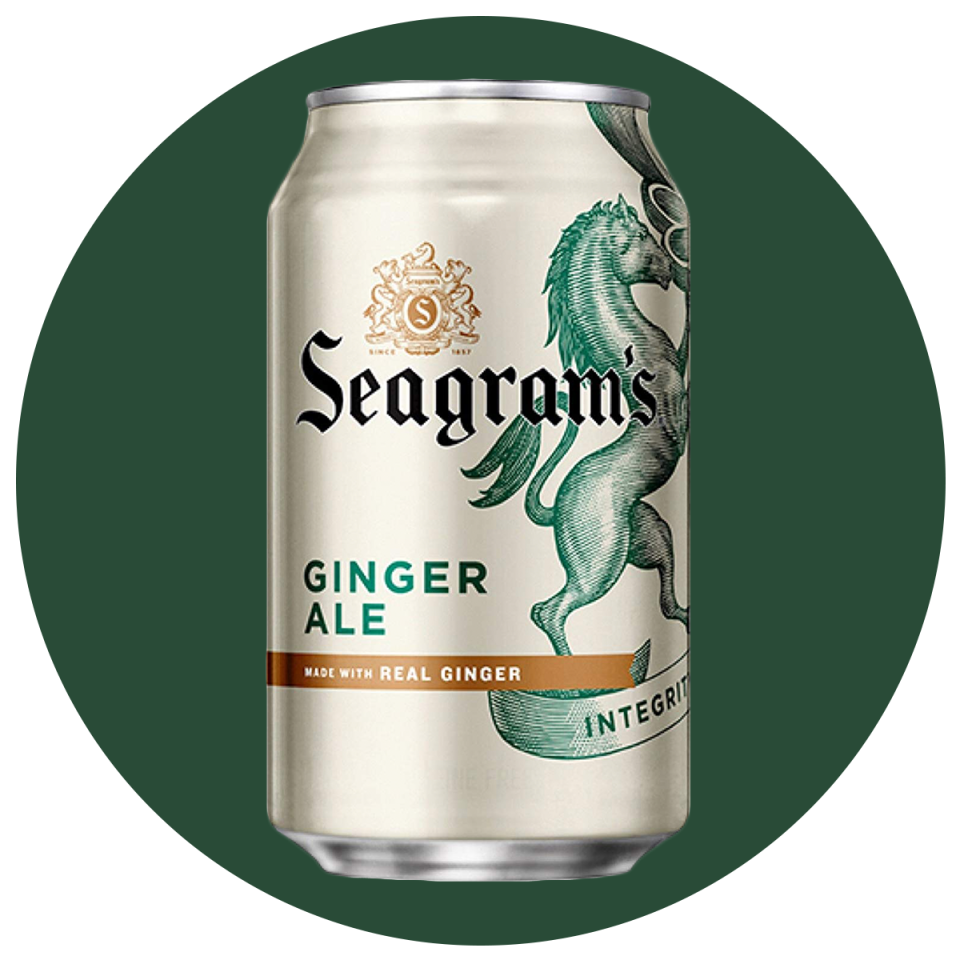
You can’t talk about ginger ale without talking about Seagrams. The bold-tasting bubbly drink has a familiarity element that puts it right up there with its old-timey competitors. Schweppes, Canada Dry, and Seagrams are undeniably the Big Three companies of the classic ginger ale era, but Seagrams is special because the brand also happens to make something that goes very well with ginger ale: whiskey! Though it’s probably more fun to order a “7 and 7” (which is made with 7 Up, not ginger ale), Seagrams 7 Crown whiskey goes wonderfully with its ginger-infused counterpart. If you’re a boozer who wants to take it easy for the night, make Seagrams your ginger ale of choice; you’ve already been drinking the brand’s whiskey for years at bars, business meetings, and too many family holiday parties to count.
4. Blue Sky
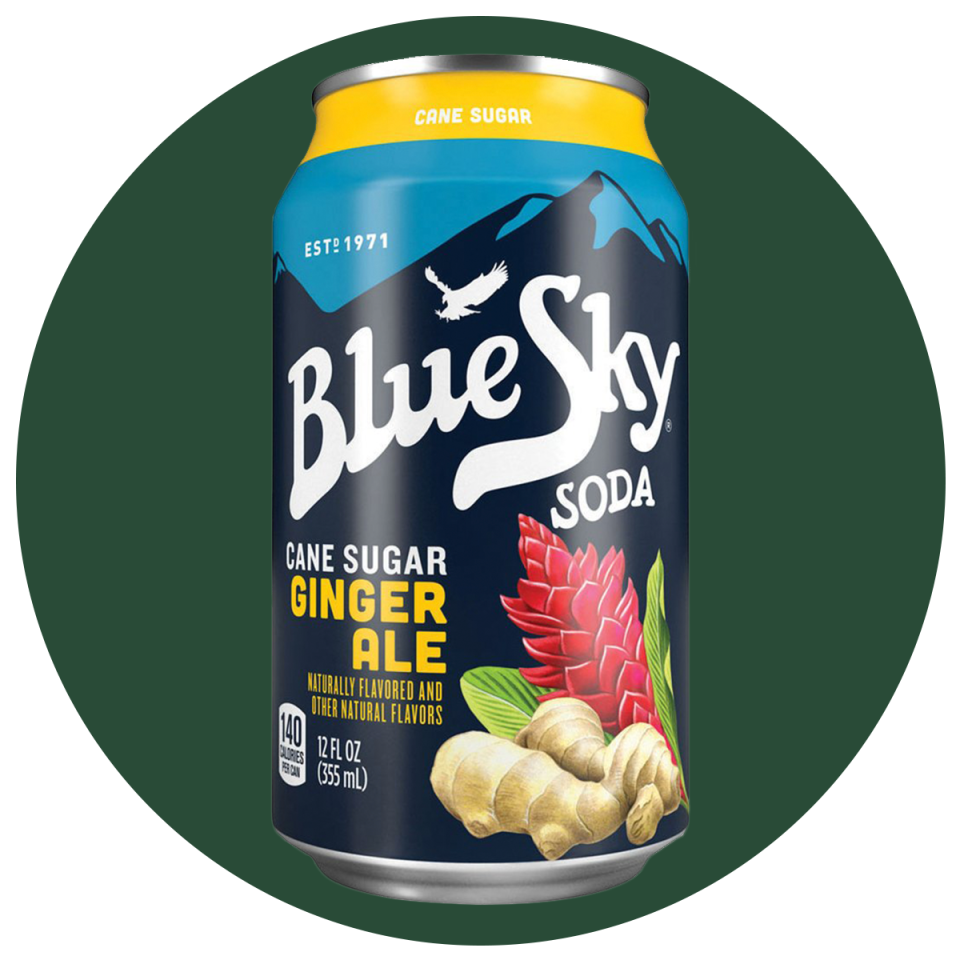
Hailing from New Mexico, Blue Sky has been around since 1971, putting its emphasis on “real” and “authentic” flavors. The ginger kick is very punchy. Though it’s probably not something you’d want to reach for if you’ve just endured a stomach flu, Blue Sky is definitely a refreshing soda. The drink leaves a cool, distinctive after-taste in your throat, which is just noticeable enough to keep you coming back.
3. Schweppes
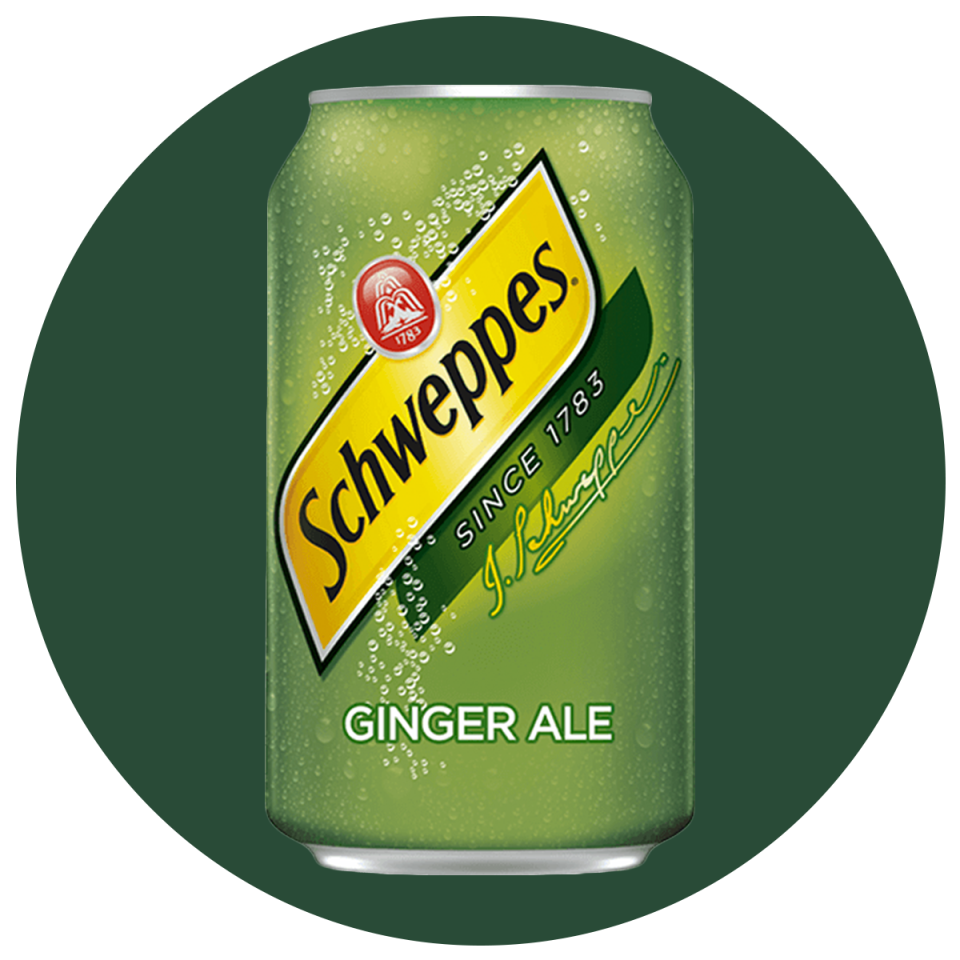
Like Canada Dry and Seagrams, Schweppes is a crown jewel of the carbonated ginger beverage kingdom, and happens to be one of Coca-Cola Great Britain’s oldest brands. Though its color is nearly indistinguishable from Canada Dry, Schweppes is a little less fizzy with a more muted taste. But for a rumbling stomach, or that one night of the week you’re skipping the beers, a crisp, old-school ginger-ale like Schweppes really hits the spot. One fun tidbit about Schweppes: Back in the Mad Men era of advertising, the brand invented its own make-believe county known as “Schweppshire.” It had its own coat of arms and language, and was featured in an advert campaign that ran for over a decade. There was also “Schweppsylvania” and an enduring tagline: “What you need is Schwepperverscence.” God, the 1950s sound insane.
2. Fever-Tree
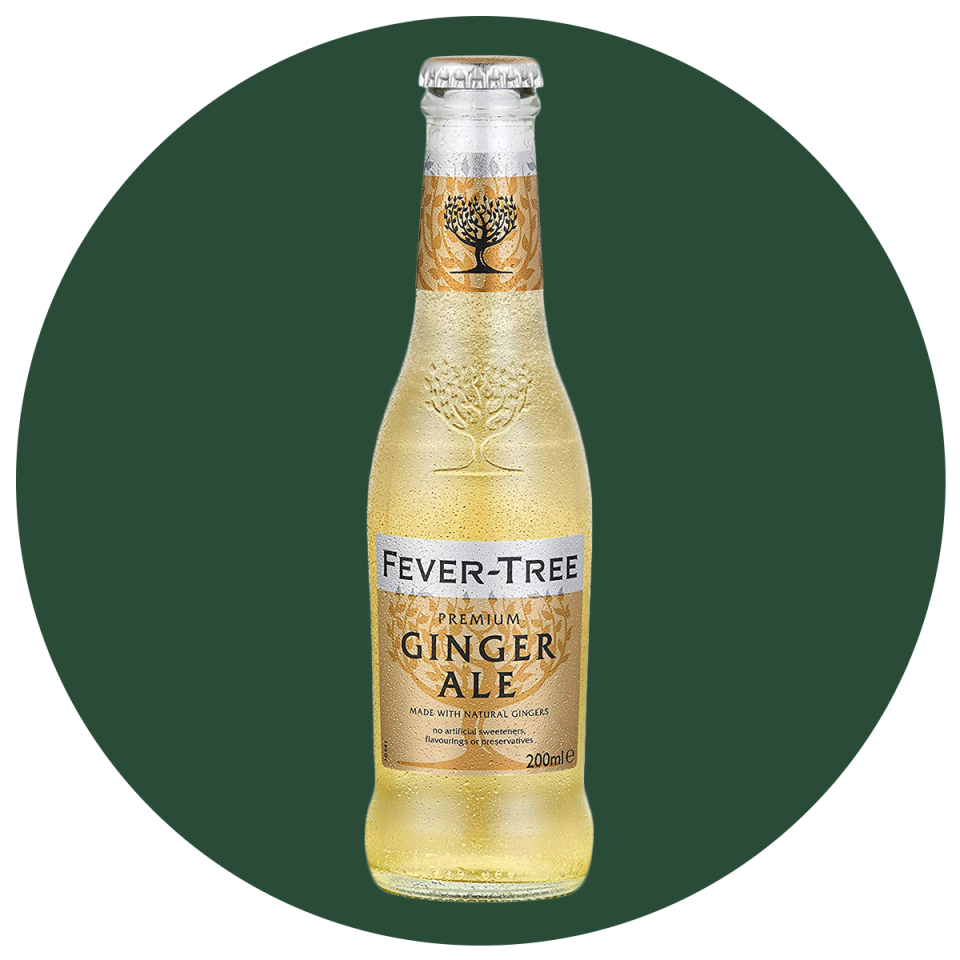
Fever-Tree seems to be the carbonated mixer of choice for mixologists these days. You’ve probably seen the tiny bottles sitting on the bar at high-end gastropubs. Its ginger ale is quite good. With an almost golden color, it’s just as syrupy as the OG brands but still has that new-age ginger kick. The company’s website says it uses a “unique blend of three of the world’s finest naturally sourced gingers”—a ginger from India, a ginger from the Ivory Coast, and another from Nigeria—and spring water to achieve its strikingly complex taste. It’s no wonder Fever-Tree complements so many cocktails. With a distinguishable flavor that is good in its own right, it’s not so strong or gingery as to get in the way of a nice whiskey or rum. I may just add a bit of bourbon to it myself.
1. Canada Dry
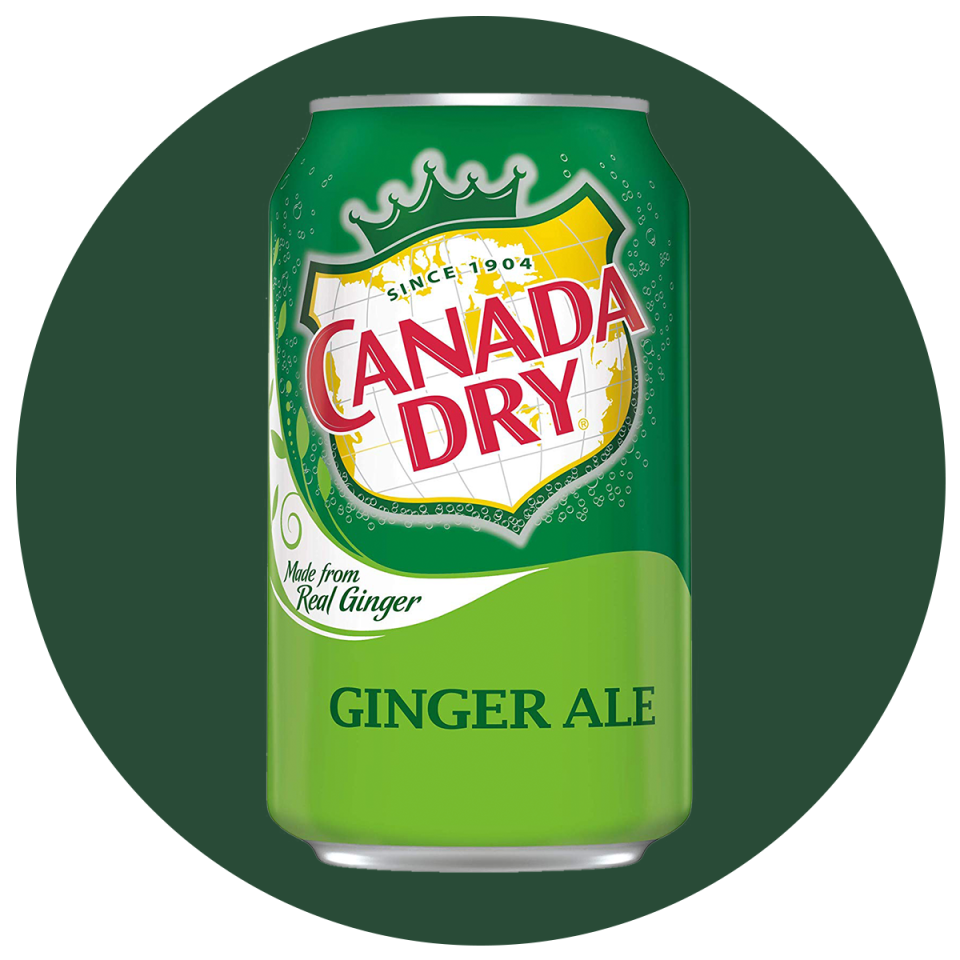
This century-old ginger ale is a household name and personal favorite of mine. Everyone can recall that fizzy sensation of gulping a Canada Dry, with its sweet, elegantly balanced flavor rush that coats the back of your throat and covers your tongue in tiny pin-prick bubbles. Canada Dry was created in 1904 and was a popular mixer during Prohibition. The official website site says it is “often called the champagne of sodas,” which I think is hilarious. People wondered for years whether there was actually any ginger in Canada Dry, so much so that a New York woman and real-life Seinfeld character named Julie Fletcher filed a lawsuit because she couldn’t find ginger on the ingredients list. The class-action suit became a big news story, eventually resulting in a $11.2 million settlement. The funniest part? If you bought Canada Dry between January 1, 2013 and December 19, 2018, you are entitled to some reparations.
To me, it doesn’t matter if there’s any actual ginger in Canada Dry or not. The Champagne of Soda, which I will now be exclusively referring to it as, doesn’t advertise itself as some sort of miracle cure-all. If you want actual ginger, go to the organic grocery store. Leave Canada Dry alone.
You Might Also Like

